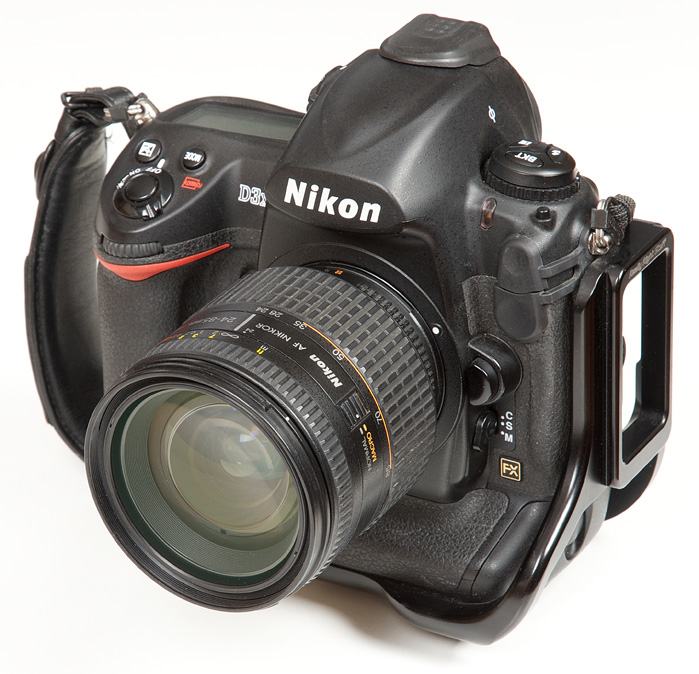|
Page 1 of 3

Review by Markus Stamm, published March 2013
Introduction
When it comes to standard zooms, there's the choice between the high-end professional lenses, offering a constant aperture of f/2.8, but limited tele reach (usually only 70mm) and on the other hand consumer zooms with a longer range, but less speed (either f/3.5-5.6 or a constant f/4 aperture on more expensive models).
The lens we'll have a look at in this review offers an interesting compromise between those two groups, because it offers a zoom range of 24-85mm, so more than professional zooms, combined with an aperture range of f/2.8-4, which is up to one stop faster than comparable consumer zooms.
This unique combination probably explains why the lens is still in production (at the time of this review), even though it features a product design and features that were common for Nikkor lenses in the 90's of the last century. The 24-85/2.8-4 is not quite that old, though, it was introduced in August 2000. Still, for anyone familiar with mostly AF-S lenses, this Nikkor no doubt looks like something from the past at first sight.
Let's find out how the lens performs on our current test camera, the Nikon D3x.

Despite the rather extensive usage of plastics the build quality is pretty decent for a consumer grade zoom lens. The focus ring operation is reasonably smooth, whereas the zoom ring feels a little stiff and not overly precise. As you can see in the product shot below, the lens uses a duo-cam design and extends towards the long end of the zoom range.
The lens features a 72mm filter thread. Thanks to an internal focusing system (IF) the front element and filter thread do not rotate, so using a polarizer is no problem.
A petal shaped hood is supplied with the lens.

Typical for older AF Nikkors the lens has no internal AF motor and relies on a slotted drive screw operated by the camera. The moderately noisy AF is extremely fast and reasonably accurate thanks to the large aperture.
The lens has two focusing modes - a standard mode where the lens can focus between 0.5m and infinity and a dedicated macro mode activated via a switch. The focus path within the "standard" setting is extremely short - all the focus action happens on a ~20 degree turn of the focus ring. This is good for the AF speed, less so for manual focusing which is quite delicate.
The macro mode enables focusing down to 0.21m with a max object magnification of 1:2 @ 85mm - quite impressive for a standard zoom but you shouldn´t really expect the quality to be as good as with a native macro lens (the Nikkor has no floating system/CRC typically found in "true" macro lenses). Unfortunately the focus ring rotates during AF operations - this design is a little dated by today´s standards.
| Specifications |
|---|
| Optical construction | 15 elements in 11 groups incl. 2 aspherical elements |
| Number of aperture blades | 9 (rounded) |
| min. focus distance | 0.5 m (max. magnification 1:5.9)
0.21 m in macro mode (max. magnification 1:2) |
| Dimensions | 79 x 82 mm |
| Weight | 545 g |
| Filter size | 72 mm, non-rotating |
| Hood | HB-25, petal-shaped, bayonet mount, included |
| Other features | Lens provides distance information (D) |
|